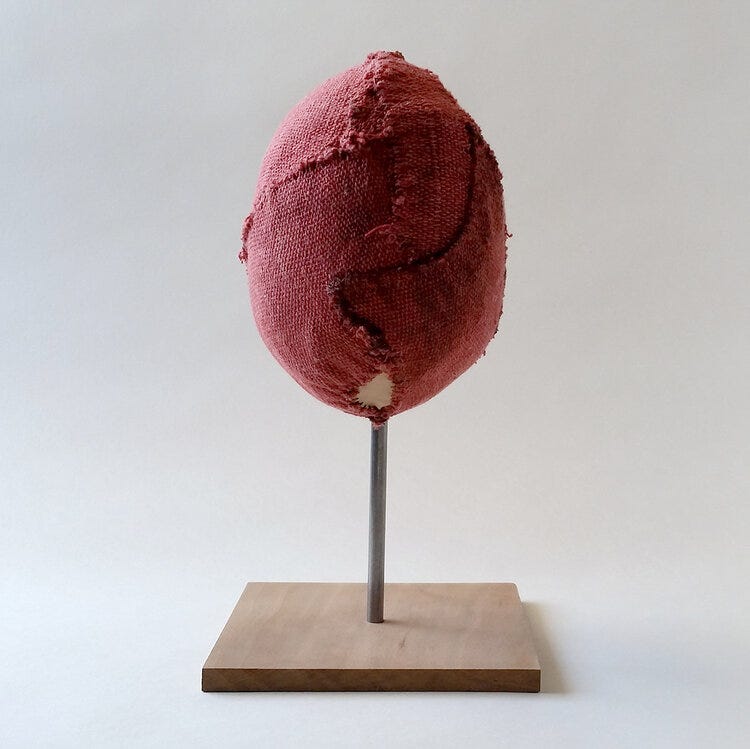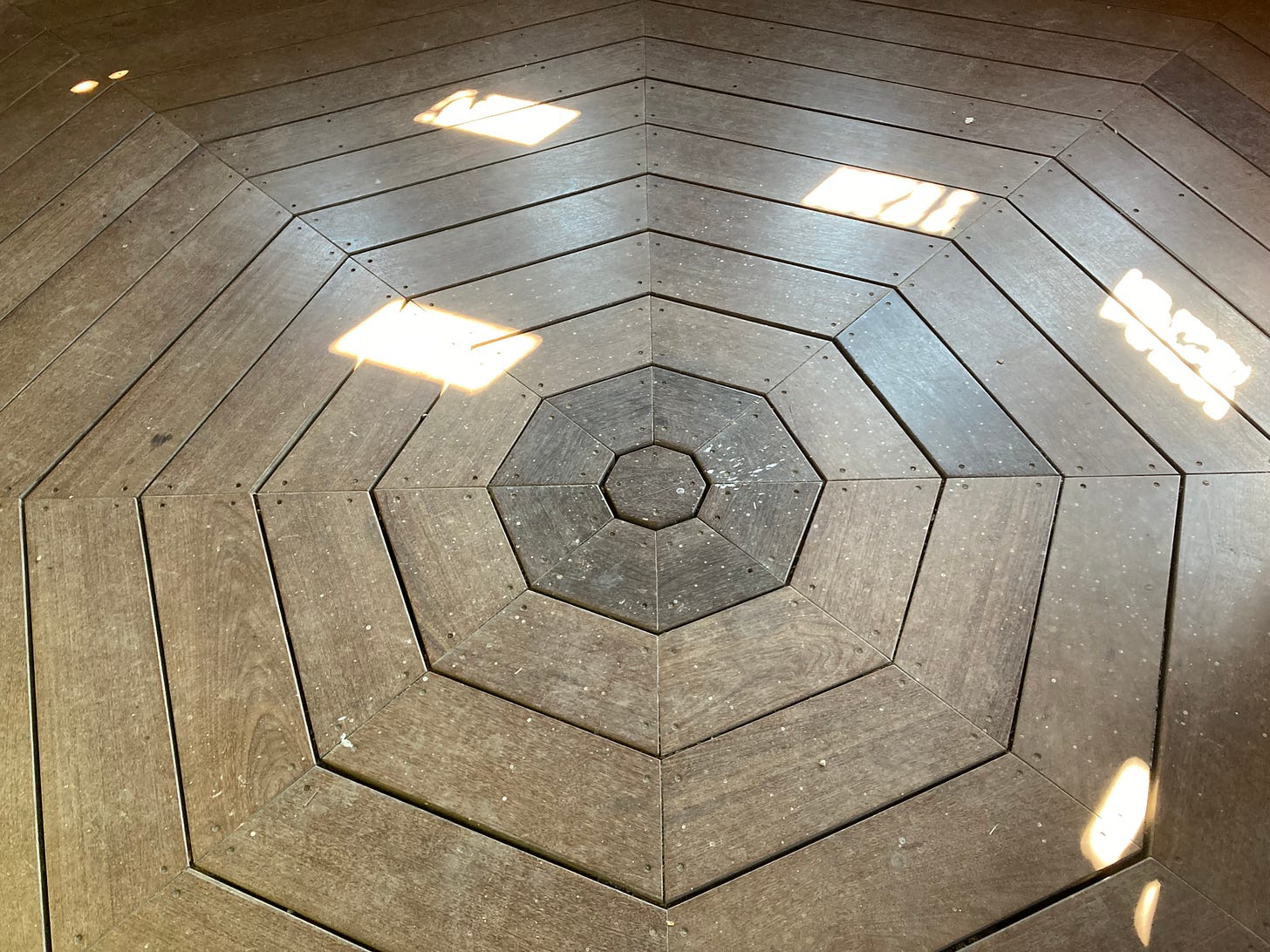Issue 19: Interview with Joy Harjo | Territory | Feral and Brine
"We were colonized by language, too. Language is built with all sorts of expectations and shapes, so in a way, it reshapes your mind. For me, poetry goes back to that liminal space." – Joy Harjo
Welcome to Khôra, a dynamic online arts space produced in collaboration with Lidia Yuknavitch’s Corporeal Writing. Visit our Archive to read previous issues.
I’ve had the delight of knowing Issue 19’s Featured Writer Joy Harjo for over a decade, so it was a treat to spend an hour with her the week after the release of her newest book, Catching the Light. We talked about Cloud Language, bending time, and the infectious, “infecting” nature of Tik Tok.
HARJO: As a child, I always looked at storms. This is Oklahoma, so there are always a lot of lightning storms and thunder. I remember them having to keep me inside because I liked to be out watching. It would excite me. In my studies of Native literature and being around the Pueblos, people who live in the desert, they learn Cloud Language. They call the words or syllables “vocables.” It's like Cloud Language interpreted into the human voice.
HOPKINS: Cloud Language interpreted into the human voice. I love that.
HARJO: Yes, I do too. A lot of the vocables have roots to them, and there are other languages where elementals or animals find their way…
Read Interview with Joy Harjo.
Issue 19’s Featured Artist Sarah Ronald is a Canadian artist living in Port Coquitlam BC, Canada. Ronald’s diverse upbringing in the rural Okanagan shaped her future as a conservation-minded animal artist and aspiring creative writer. After graduating from the Okanagan University College with her BFA, Ronald relocated to the lower mainland of BC, eventually settling in Port Coquitlam, where she now creates out of her home studio.
Ronald’s TERRITORY series is inspired by the visual language of nighttime trail camera footage. These drawings explore subversive themes, particularly around human preferences when it comes to wildlife, both representationally and in the real world.
I want us to frequently sit alone in the black of night, so to rely entirely on our senses to guide us back to communing with the natural world. The snapping branches, the leaves swaying in the breeze, the unidentified animal calmly sensing you as you sense them, the quiet flap of bats and owls, the grunts of raccoons, the distant coyote yips, and rhythmic crunching of four-legged footsteps passing by, the natural flow of instinct and survival, unimpeded by human hand.
View Territory.

Artists and Writers! To enter Khôra’s collaborative waters:
Writers, read about Khôra’s 500 Words here.
Artists, send your artwork to Khôra's Images here.
In Issue 19, we’re back with new work from our team of curated writers Amra Brooks, Shin Yu Pai, Lindsay Quintanilla, and Debbie Weingarten; and artists Sui Park, Erica Svec, and Mandy Cano Villalobos.
Check out the highlights below!
If you love what you’re seeing, please subscribe, share, tweet, retweet, and post, and Khôra will be back next month.
With galactic gratitude,
Leigh
Leigh Hopkins
and the Corporeal/Khôra squad
Issue 19 Highlights
Feral and Brine by Debbie Weingarten | Artwork by Mandy Cano Villalobos
The fall that my marriage was disintegrating, I craved food that tasted feral, so I made pickles with the glut of cucumbers. All summer, I had eaten too many lemon cucumbers, whole, with a pinch of salt. The Armenian cucumbers grew to be two feet long, and I sliced the ugly ones—unmarketable, beetle-scabbed, puckered at the ends—into pieces. I put them in sandwiches. I fed them to the goats. I smashed one against the ground to watch it explode…
Read Feral and Brine.
Blind by Shin Yu Pai | Artwork by Shin Yu Pai
in Arkansas, once,
I listened to a mandescribe waiting for deer
inside a hideout
with a pre-teen girl,
the offspring
that he’d trained
to shoot, and kill
inside the evergreen
stained hut on stilts
Read Blind.
Don’t Mess with Us by Lindsay Quintanilla | Artwork by Erica Svec
“Someone is stealing La Toyota!” I yelled, and hit their door with my fist. I knew better than to call the cops. The last time we called the cops was when someone broke into our house, they showed up the next day to file a report and they asked us if we were affiliated with any of the gang bangers in our neighborhood. After they filed the report, we never heard from them again. We didn’t even get an update about our case.
“Que?” My father’s eyes were bloodshot. The flowered blanket fell onto the ground as he threw on his shoes. He almost tripped on the way out—he was in such a hurry, he didn’t notice he put his shoes on the wrong feet.
My mother’s rollers hung loosely on her head as she fiddled with the lights. “This again? We need to beat the shit out of them so they learn their lesson.”
Read Don’t Mess with Us.
Ticker by Amra Brooks | Artwork by Sui Park
I bought a small round measuring tape in a yarn shop in Belfast, Maine. I didn’t need it. I am not an exacting type of a person. It is a shiny bright juniper like the greenest tourmaline. Translucent. It ticks and clicks when I pull out the wound white tape with red hatch marks. There are tiny ridges around its middle that help my fingers hold it in their grip. I wanted to lick it when I saw it glistening up at me, like hard candy or a precious gem. I often want to put clear shiny things in my mouth…
Read Ticker.
Khôra will be back next month!
As a reminder, when you subscribe to Khôra for free, you’ll receive issue highlights straight to your inbox. No one will be turned away due to lack of funds. If you are able to pay for a subscription, we love you, and you help to build access for others. If you’re not able to pay for a subscription, we love you, and welcome to the revolution.







